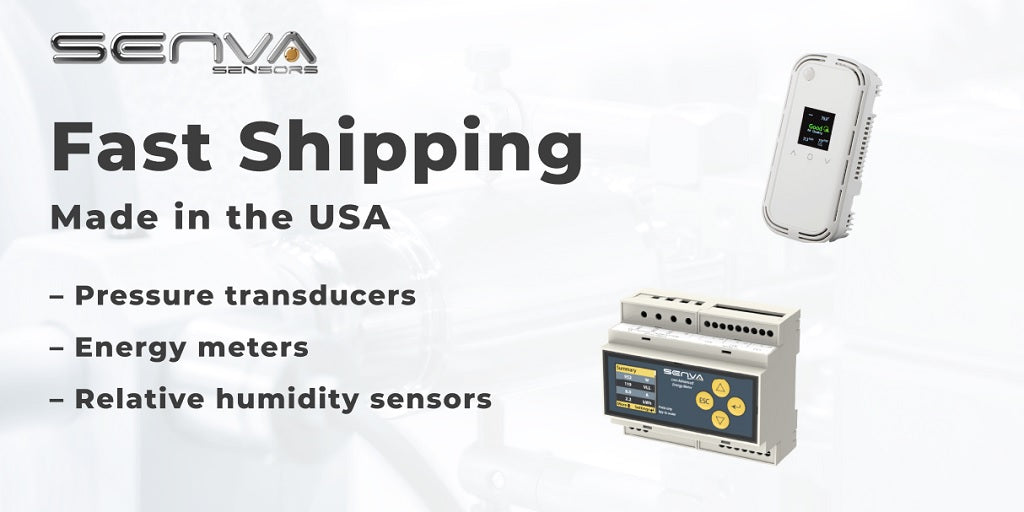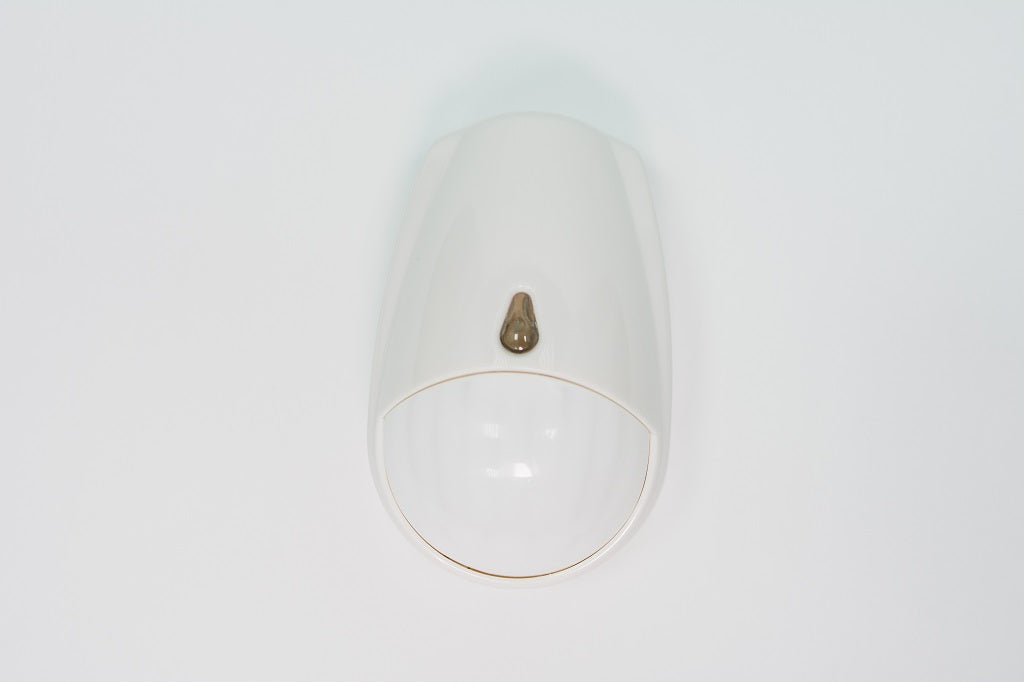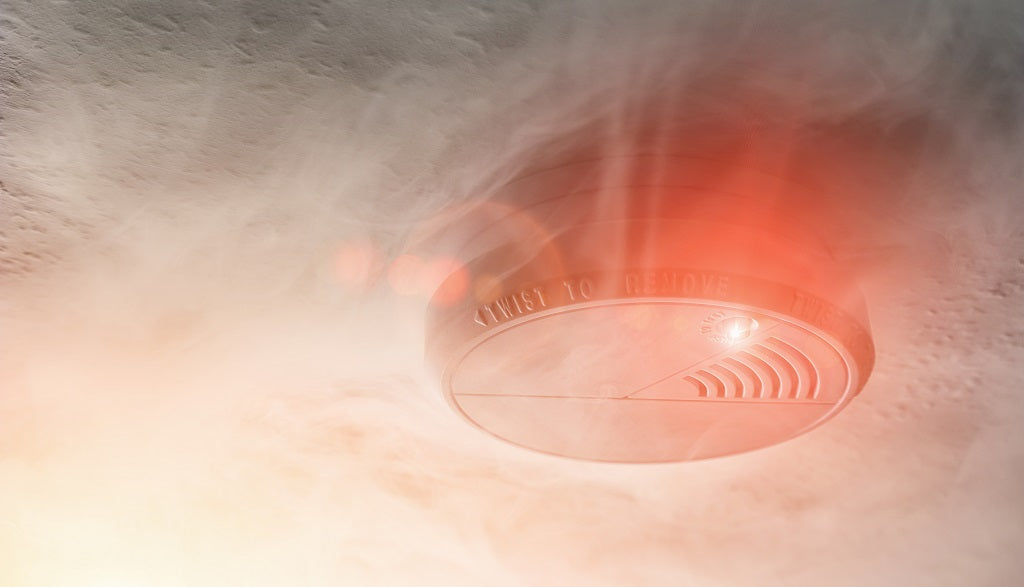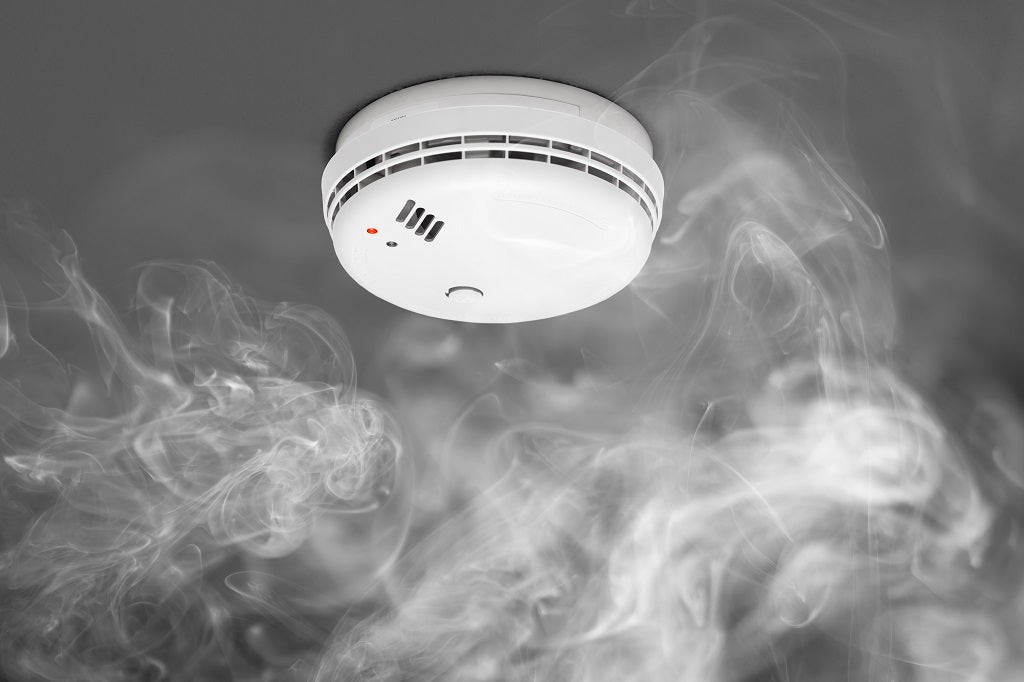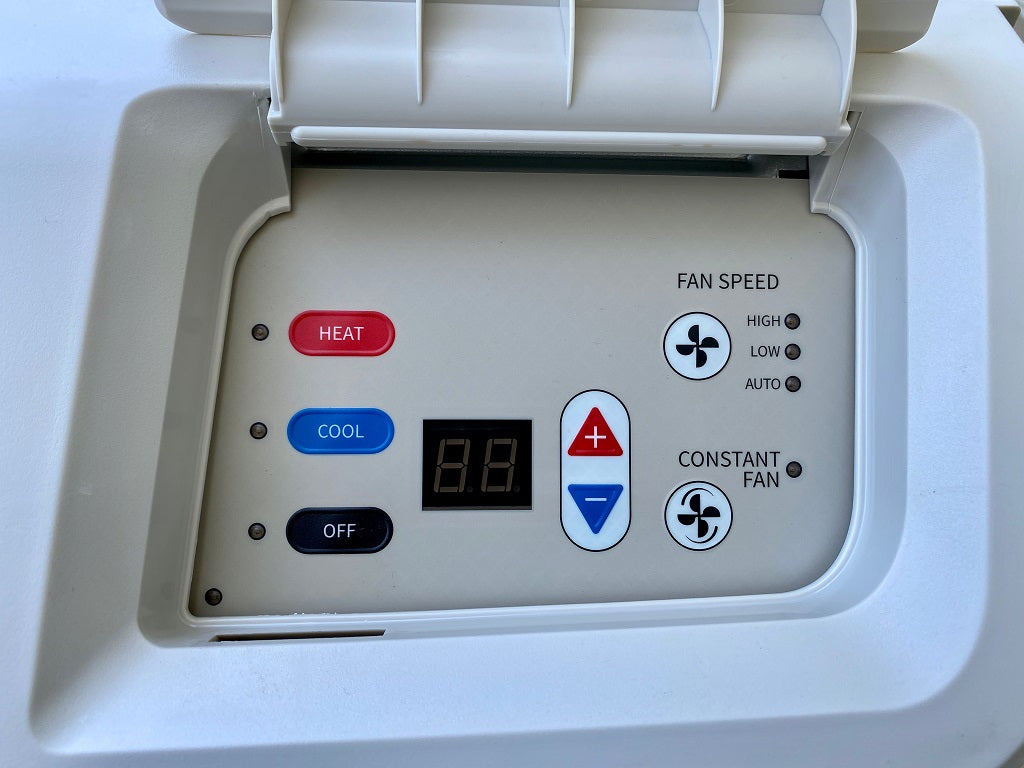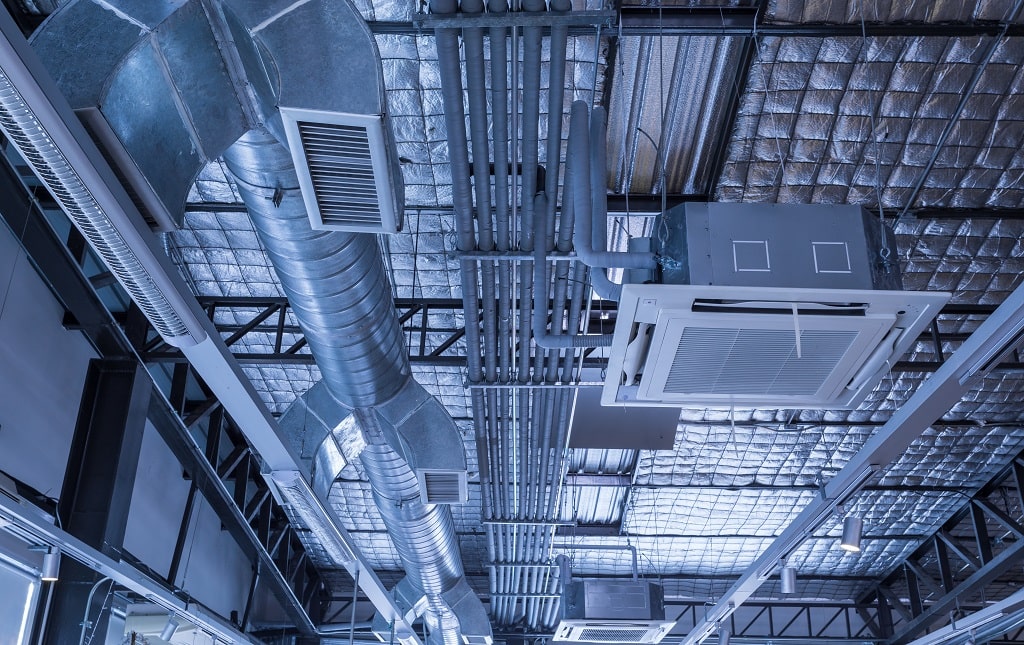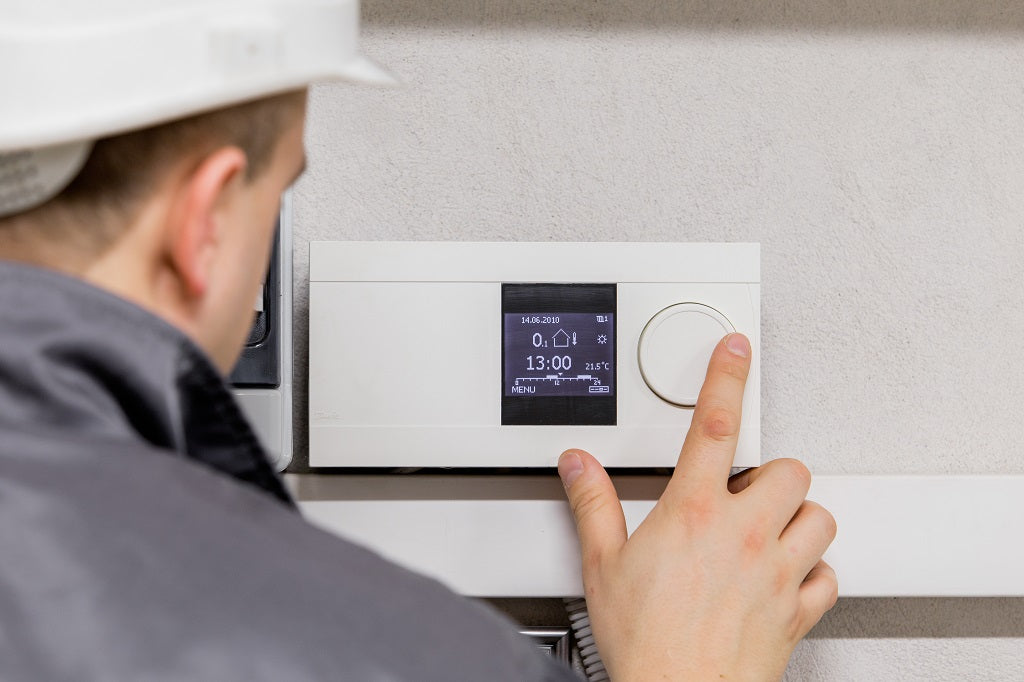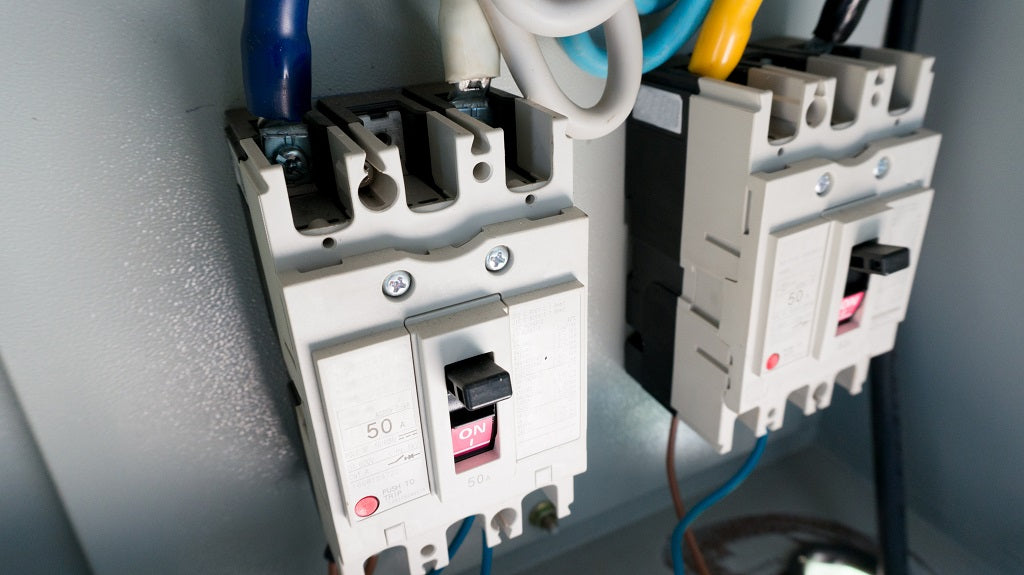
Monitoring air quality is essential, whether it be at home or in an industrial workspace. Pollution from cars, nearby big plants, and inside your facilities can severely decrease the air quality, both indoors and outdoors.
An air quality sensor is a centerpiece of a fully functional industrial ventilation control system of any scale. And in light of the recent shortage in air quality sensor supply, keeping the air clean and staff members safe has become a much harder task. However, Senva Inc. recently presented a new line of Senva Sensors - the TotalSense Series, designed and made in the USA. But what's so special about this series?
Benefits of the Senva TotalSense Air Quality Sensors for Building Automation
Even though different TotalSense products have different components and applications, it's safe to say that all of the Senva Sensors air quality sensors in this series have the following features in common:
- United and Complete Air Quality System. A combination of outdoor, duct, and indoor air quality sensors enables you to create a finished air quality monitoring system, no matter the size of your facility.
- Versatility. These sensors are fitted to monitor 6 different metrics: particulate matter, air temperature, barometric pressure, CO2, relative humidity, and VOC.
- Automation-Ready. These sensors can easily be connected to a system via Modbus, BACnet, or any other analog control system.
- Lower Installation Costs. All the air quality sensor models from the TotalSense line can be batch installed into one protected enclosure.
- Reduced Installation Costs. Multiple TotalSense series sensors can be installed together in a single enclosure, reducing the expenses of time and resources to mount them.
- PIR Motion Detection. With TotalSense motion detection technology, ventilation can be initiated the instant people walk into the room, keeping the CO2 levels at precisely controlled levels.
- Warranty and Quality. All made in the USA, the TotalSense line of products is made with incredible quality. This is why Senva offers a 7-year warranty on these models.
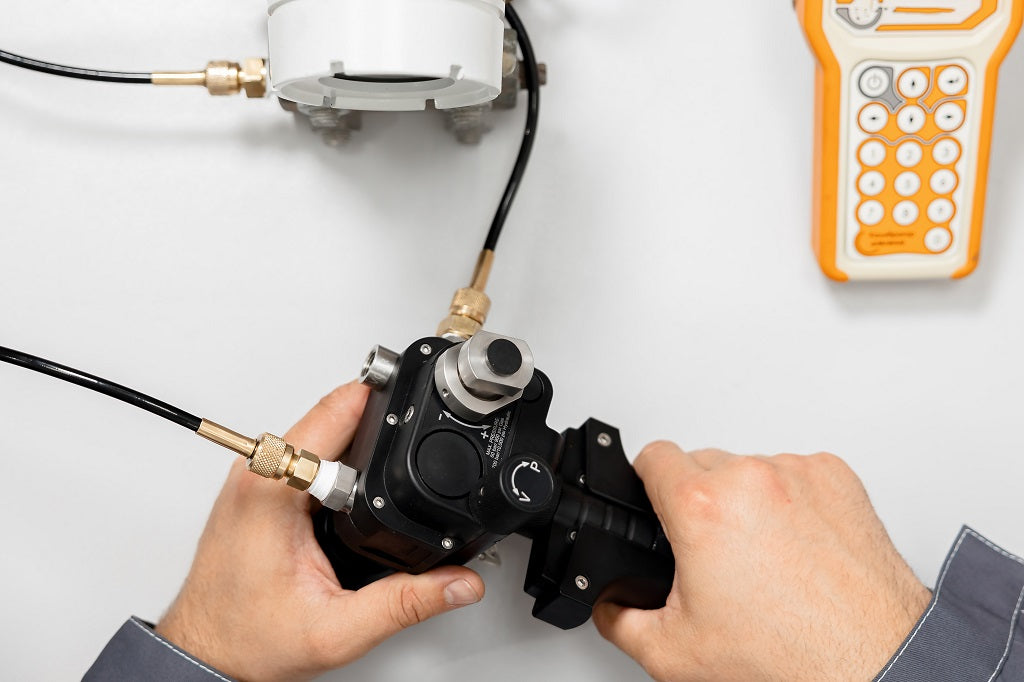
Products in Senva Sensors TotalSense Line
TotalSense sensors by Senva are incredibly customizable: depending on your needs and applications, you can choose what your final configuration for each sensor will be. Type of output, exact sensor configuration display, PIR: all these parameters can be customized to perfectly fit your facility.
Using the TotalSense lince sensors, an experienced engineer can create a fully self-sustainable building automation system that can detect TVOC, harmful particles, and contamination before delivering the air indoors.
But there's also an important distinction between sensor types worth mentioning:
Indoor Air Quality Sensors
Indoor air quality sensors are one of the most important components in ensuring the safety of workers. And while most Senva CO2 sensors can do the trick in some applications, the complex analysis of multiple air quality metrics is where the TotalSense series truly shines.
Not only are TrueSense IAQ sensors easily installed and programmed, but with the addition of a revolutionary PIR motion detection technology, they enable you to create a truly smart control system.
Outdoor Air Quality Sensors
With TrueSense Outdoor air quality sensors, it’s incredibly easy to maintain the desired level of CO2, as well as temperature, on your worksite. The incredible precision of these sensors allows you to configure the parameters of your control systems and not worry about the air pollution level.
The dedicated enclosure protects the sensor from all kinds of harmful environmental factors, be that UV light or heavy rain. And with a range of configurations available, you can find a sensor that will perfectly fit any application, from ports to gardens.
Duct Air Quality Sensors
It’s hard to overestimate the importance of a duct air quality sensor in a ventilation control system. Monitoring the duct air metrics requires both precision and speed, and Senva TrueSense duct sensors do their job flawlessly.
Every sensor from this product line provides incredibly low response time and allows any engineer to create a reliable and easy-to-validate ventilation system. Being tamper-proof and replaceable on the field, TrueSense duct sensors make your ventilation control systems less complex and ease the maintenance process drastically.
Conclusion
Looking for Pressure Transducers, Energy Meters, or Relative Humidity Sensors? Having a difficult time finding them in stock? Try Senva Sensors. Senva delivers both innovation and supply since it designs and manufactures its products in the USA. And with an industry-best warranty of 7 years on their products, Senva Sensors are some of our customers’ most trusted products.
As a commercial HVAC distributor, Blackhawk Supply is happy to provide you with cutting-edge building automation solutions that will improve your workflow. We have access to hundreds of product lines. Search our HVAC sensors catalog for any SKU you need! If you haven’t found the part or brand you’ve been looking for, please provide us the details and we would be happy to offer you a quote.
